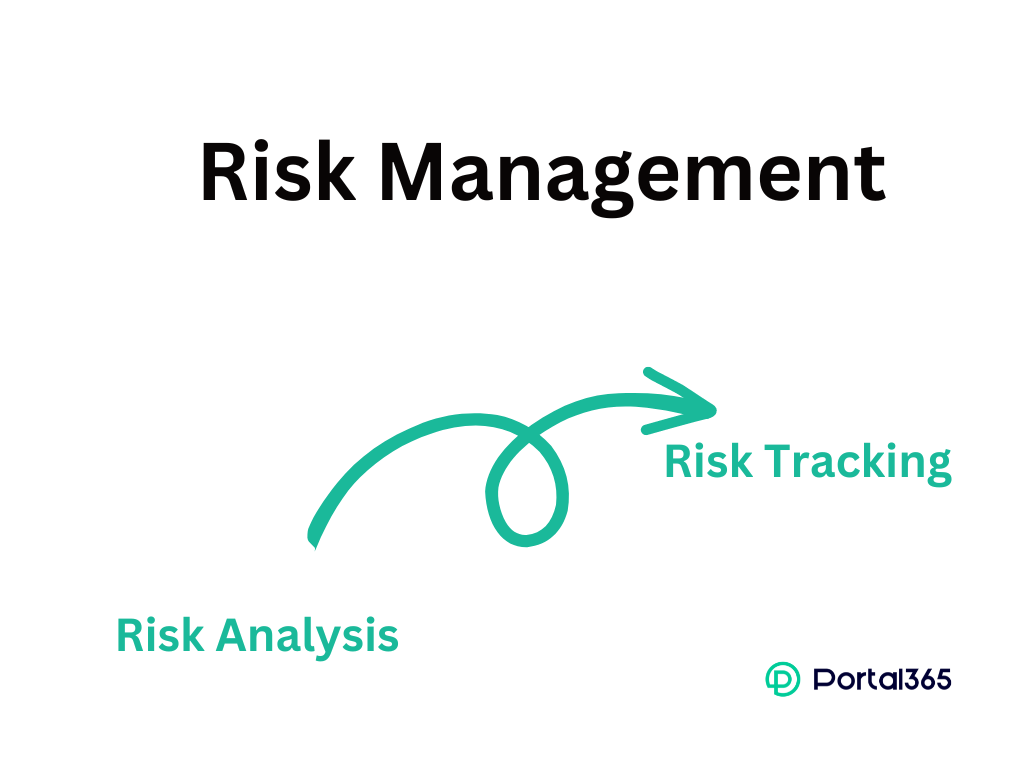Articles and How-to Tutorials for NGOs
Risk Management Plan
Written by Adel Salah
The analysis of risks expected to occur in the project is an important part of project management. Although many executives often ignore it, it is actually very important to identify and anticipate the project risks, how to respond if they occur, and what activities and procedures the project team will follow.
The donors also request information about the potential risks that may occur during the implementation of the project, and an explanation of how the organization will deal with these risks, to ensure the possibility of implementing the project, achieving the expected results, and its specific objectives in the proposed timeline.
Identifying risks helps clarify whether the proposed objectives and activities are realistic and achievable within the specified period for implementing the project. It also helps to understand whether the proposed human and financial resources are enough and whether the internal and external conditions surrounding the implementation of the project are appropriate.

Risks
It is the failure to achieve assumptions. Assumptions are things that we expect will happen whether we do anything about them. For example, when implementing a project to support education, we assume that the Ministry of Education will support and facilitate its implementation. But in the event that they do not support the project, then it becomes a risk that may lead to stopping the implementation of the project. Accordingly, failure to achieve the assumptions becomes a real risk.
Therefore, the potential risk is an expected threat that, if it occurs, may negatively affect the implementation of the activities and the achievement of the project objectives. As for the assumption, it is the condition that is necessary and desired to occur for activities to be carried out and objectives to be successfully achieved.
Types of risks that may occur:
· Legal risks: such as lawsuits that the beneficiaries of the project may file because of the non-application of beneficiary selection criteria or standards, or which led to the exclusion of those most deserving of assistance. Claims may be filed by residents in the targeted area because of their direct harm due to the implementation of the project, such as not completing a water project after digging a deep well as a result of a problem, lack of funding, or contractors' mistakes.
· Organizational risks: one of the competent government agencies and other stakeholders may be excluded during the planning or coordination for implementing activities, poor procedures for announcing tenders or opening bids, or not defining clear and accurate procedures that help implement activities with the required quality, which leads to deficiencies in performance that may lead to the difficulty of achieving the required project results. The project work plan or M&E plans may not be clear and accurate, and responsibilities, requirements, and time periods are not clearly defined.
· Technical risks: there may be errors or deficiencies in the design of projects that involve construction or rehabilitation, such as health facilities, schools, or water projects. Inappropriate technology, unavailability, or shortage of materials required for implementation.
· Target Location risks: disputes may arise over the ownership of the place or the area that has been identified to implement camps for the displaced people or refugees. The local population refuses the presence of these camps or the sewage system that will be built near their villages.
· Financial risks: there may be a lot of changes in currency rates and the decline of the local currency, which leads to a rise in the prices of the required materials, such as an increase in the value of the food basket, building materials, or workers' wages.
· Social risks: failure to form community committees or excluding influential people in the target community. Excluding them may hinder implementation and may lead to the emergence of several complaints and the difficulty of dealing with these complaints.
· Political or security risks: there may be a conflict of interest among the political components in the region because of the implementation of this project, or there may be conflicts and security problems that lead to the suspension of project implementation due to the difficulty to access the targeted area by project staff. This leads to difficulty in monitoring the implementation of activities closely, verifying, and documenting the achievements that have been made.
Here are some examples of common project risks:
● Time and cost estimate is very optimistic.
● Registration of beneficiaries is controlled by government agencies and local authorities.
● Unexpected changes in the exchange rate in the local currency against the dollar or the currency in which the project was signed.
● The roles and responsibilities of the project team and the support team within the organization are not clear.